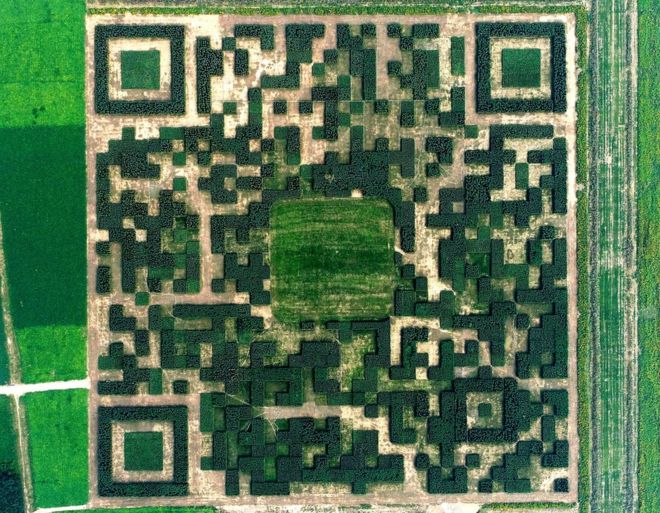As part of an article about commuting an article from the
Daily Telegraph includes an information box.
It gives numbers and what they stand for. Match them up.
|
700 million
|
100 million
|
2.99 million
|
139,000
|
4.6pc
|
|
Journeys made by season ticket holders out of Waterloo
station alone
|
||||
|
Average amount of weekday morning trains at peak times
that were overcrowded
|
||||
|
Number of people commuting more than two hours per day
in 2014, an increase of 72pc in 10 years
|
||||
|
The number of journeys made by season ticket holders
across the UK in 2014-15.
|
||||
|
Number of people forced to stand every morning on peak
trains into the capital - an increase of 19,000 in a year
|
||||
Here is the box in full:
Questions:
1) What percentage of journeys that were made in 2014-15
involve Waterloo station?
2) How many season ticket holders are there?
3) How many people commuted for more than two hours per day
ten years previously?
4) What percentage of season ticket holders travelled longer
than 2 hours?
5) By what percentage did the number of people forced to
stand on trains into London rise by?
6) If that percentage increase continues, how long will it
be before half a million people are standing?
Is this realistic?
Answers:
1) 100/700 = 14.2857...%
Given that the two numbers are clearly not exact it would be appropriate
to give the percentage as 14%.
2) This is difficult!
700 million journeys per day. If
a passenger takes more than one train does that count as more than one
journey? How many days per year will
they travel? 48 working weeks x 5 days =
240 work-days per year, which will be at least 480 journeys (there and back)
per person. Some will take more than one
train so let's call that 500 journeys per person on average. 700 million / 500 = 1.4 million commuters.
3) 2.99 million is 172% of the 10-years-ago value. Back then it was 2.99 million / 1.72 = 1.74
million
4) 139000 out of 1.4 million = 9.9%. Call it 10%
5) In the previous
year 120,000 people stood on their train and it rose by 19,000. This is a 15.8% rise (16%)
6) We need 120 * 1.16^n > 500. Then we need to subtract 1 from n. Use a spreadsheet to see that n=10 is the
first time 500 is breached. So a further
9 years will be required. This involves
major extrapolation, so is unlikely to be accurate.



